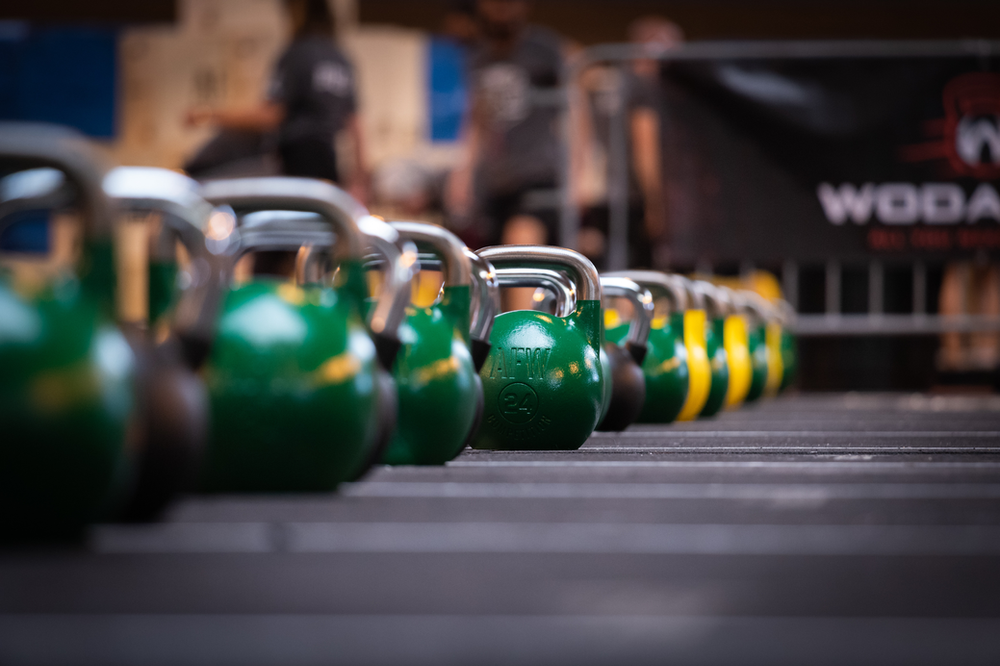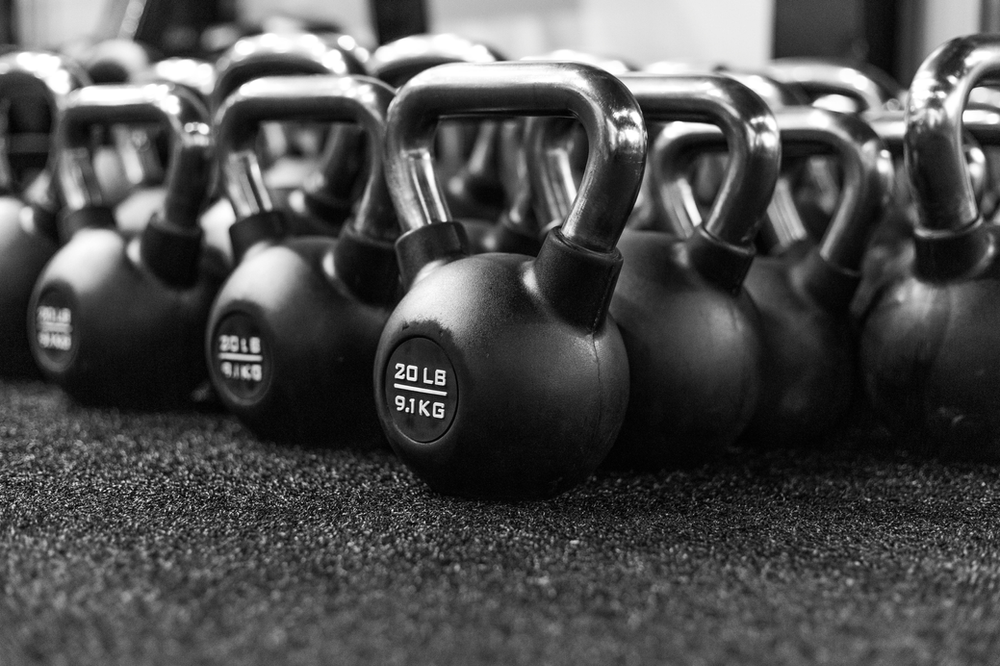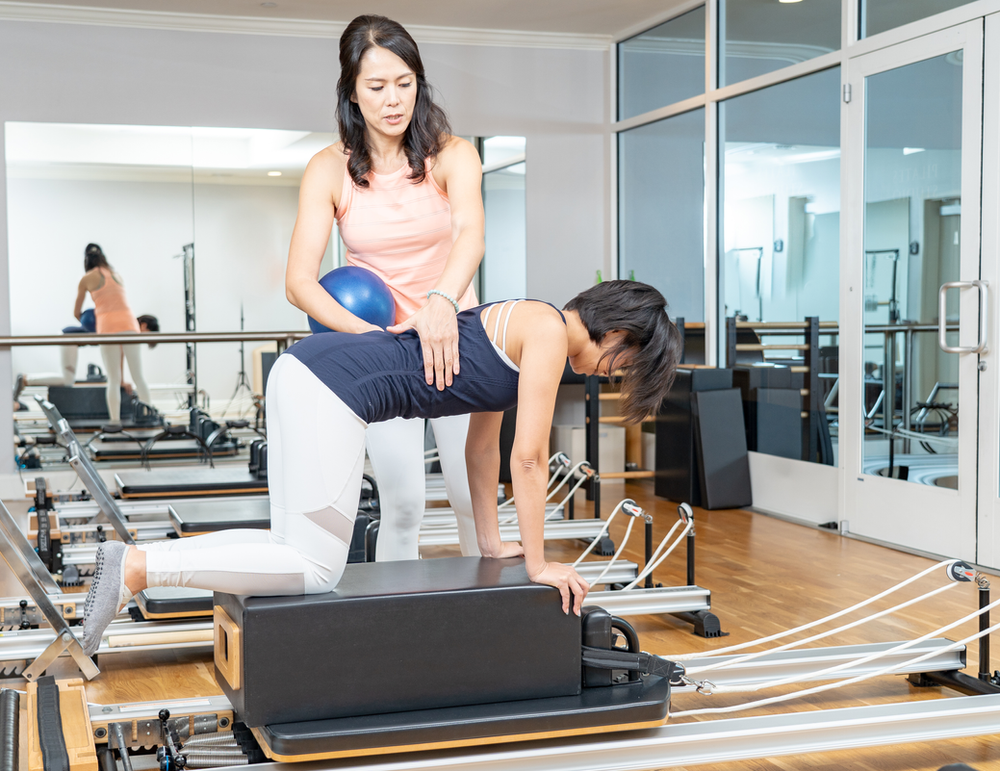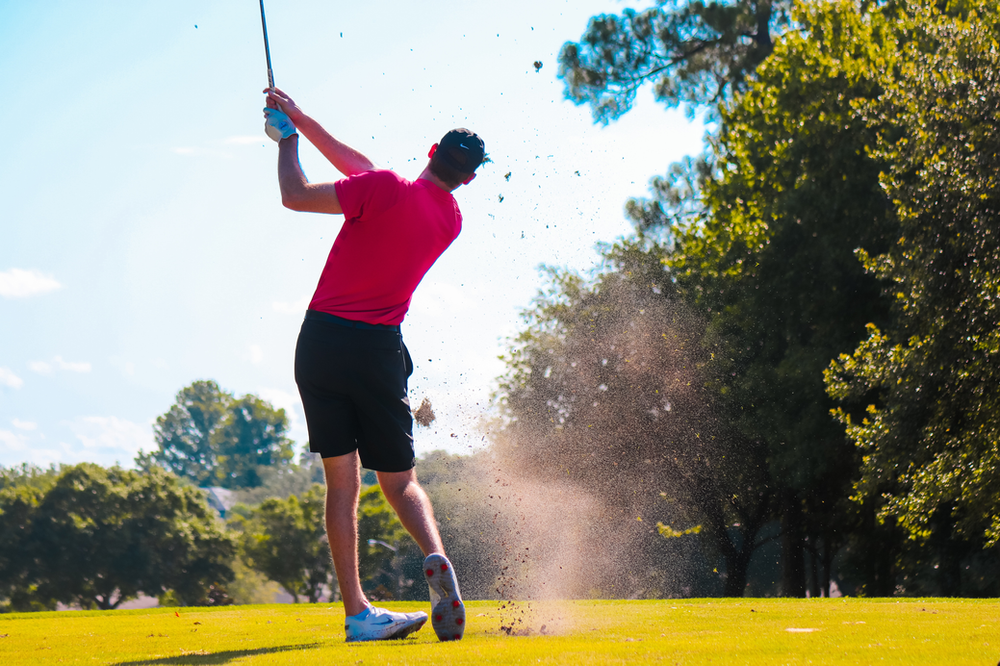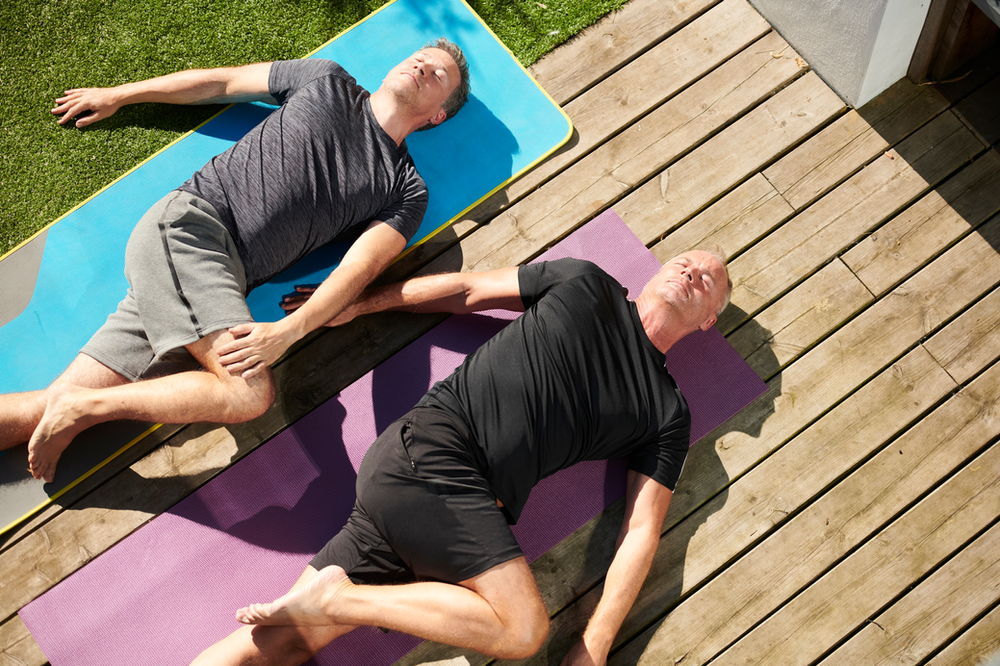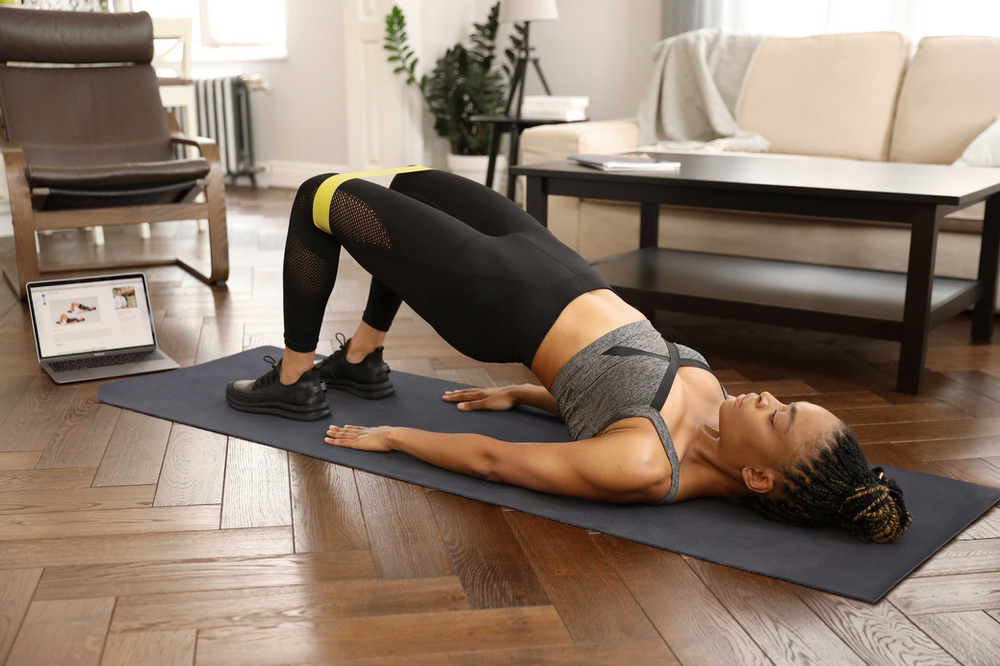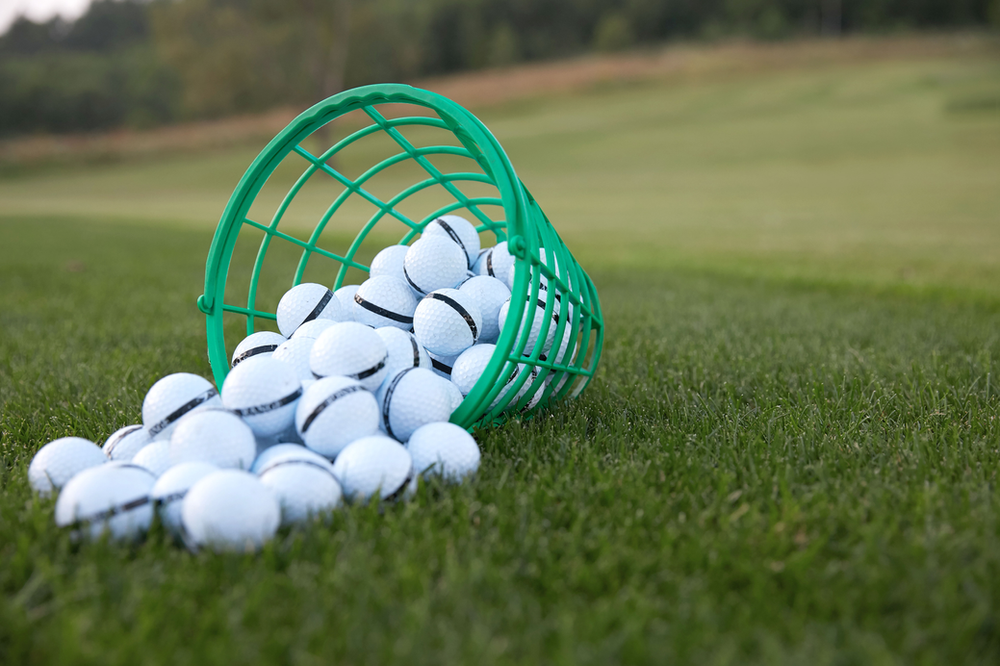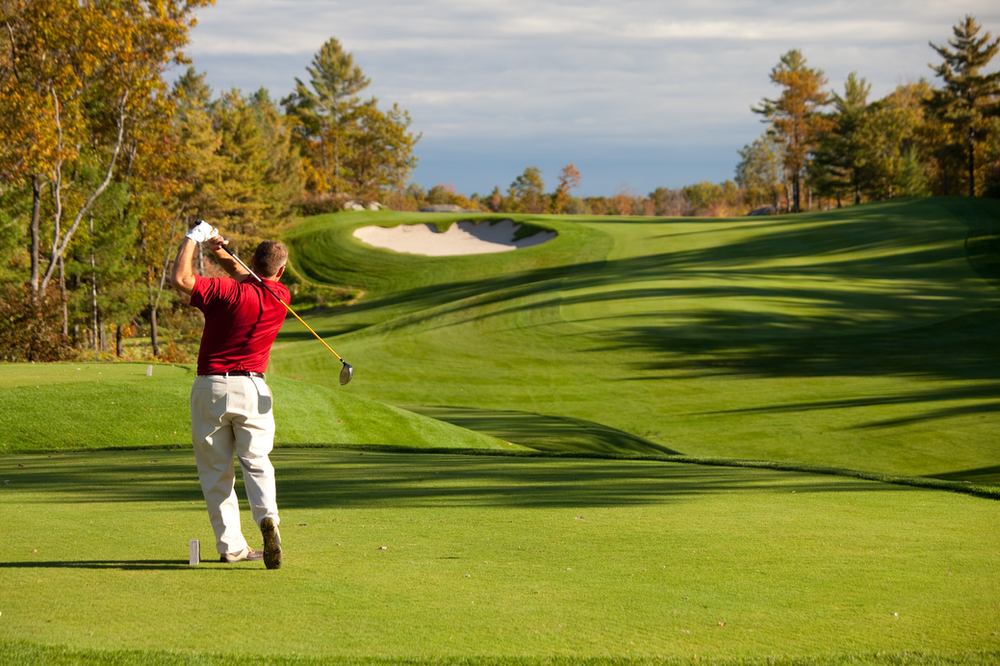Get in touch
(618) 746-9419
AdaptiveFitnessInfo@gmail.com
Unlocking Power And Distance In Your Golf Swing Part 1
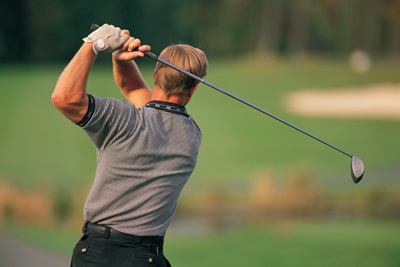
Every golfer is on a mission to increase speed, power, and overall distance to help lower their scores. There are many different sources of information available to golfers today, regardless of whether it is good, bad, or misguided advice. How do you make sure that the information you are following is accurate and helps improve your game?
The Titleist Performance Institute has spent decades studying every aspect of the golf swing and how a golfer’s physical capabilities and variables impact overall distance, power, and performance. It may not come as a shock, but there isn't one solution that will improve your power and distance overnight. Power and distance in the golf swing stem from several different factors, including physical limitations, power generation, swing efficiency, and equipment. Fear not; I aim to shed light on some of the main drivers behind speed, power, and distance in your golf game with this four-part blog series. We will detail some of the many factors that may be impacting your golf performance, as well as steps you can take to bring your golf game to the next level during the offseason.
The golf swing is a difficult and complex kinematic sequence that requires a unique blend of multi-joint flexibility, muscle stability/strength, and motor control to achieve favorable results. The optimal kinematic sequence of the golf swing, from transition to impact, starts from the hips, followed by the torso, then the arms, and finally the club. The easiest way to envision the correct downswing sequence would be a relay race. We begin the downswing with the acceleration of the lower body and hips. The power and speed generated from the hips are transitioned into the torso, slowing the hips down while simultaneously increasing the speed of the torso to build more power. The arms then grab onto the accelerating torso, slowing it down while once again transitioning all the speed and power of the torso into the arms. As we near impact, the arms pass all of the stored speed and power generated from the hips and torso to the club. This creates the most efficient transfer of power to the ball. At any point in the relay race, if the sequence is disrupted, the consequences are reduced ball speed, spin, inconsistent ball contact, and an overall reduction in distance.
Let's begin by understanding how physical limitations impact power generation within the golf swing. Everyone has a different level of flexibility, muscle stability/strength, and motor control, all of which will impact the golf swing. Flexibility allows the body to move into the proper positions, i.e., backswing/follow-through. Muscle stability helps control joint movement, generate power, and reduce injury. Motor control refers to the body's ability to integrate motion based on information from external stimuli, as well as proprioception (sense of self-movement, force, and joint position) to manipulate/recruit muscles to carry out the desired task. Flexibility, muscle stability, and motor control are all required and equally important to have a consistent and repeatable swing.
Having limited flexibility will impact your overall swing arc as well as the kinematic sequence during the swing. The most common areas we tend to see flexibility limitations in golfers are the ankle, hips, thoracic spine, shoulders, and wrists. Limitations in ankle, hip, and thoracic spine motion will limit overall rotation and the ability to reach proper target positions during the backswing, downswing, and follow-through. Limited motion in the shoulder and wrist can impact the overall height of your arm, or club and face position during the swing, thus impacting the overall length of the swing arc, shot shape, control of the clubface, contact point on the clubface, as well as an increased risk of injury. One of the largest issues of limited flexibility, ironically enough, isn't the limited flexibility. It's trying to swing beyond our physical capability that gets us in trouble. Trying to match Rory's swing arc when you don't have his degree of flexibility will cause your body to manipulate and move in ways that don't allow for proper stability, control, and transfer of power to make up for the lack of flexibility. This will yield various swing disturbances such as early extension, swaying, sliding, and loss of posture, all of which result in inconsistent contact and loss of overall distance.
Muscle stability, especially in the torso, is one of the biggest sources of lost power in the golf swing. It also happens to be one of the leading causes of back injuries in golf. The abdominal muscles allow for stability, control, and power generation through and around the thoracic and lumbar spine. Stability, in this case, refers to the ability for the abdominal muscles to tighten to increase thoracic rigidity (think abdominal brace) and control the motion of the spine as well as how load transitions through each segment. The ability to control intra-abdominal pressure and thoracic rigidity allows the smallest percentage of energy loss during the transfer of power from the hips and into the arms. The more efficient the transfer of energy is, the more power we can output at impact. The same principle can be applied with unintentional movement in the spine due to a lack of core stability. The larger the amount of unintentional or uncontrollable motion that occurs in the spine, the higher the percentage of power loss that will occur. This also will increase injury risk. Typically this is seen in golfers with Lower Cross Syndrome (categorized as weak glutes and abdominal muscles and overactive hip flexors and spinal extensors). These golfers set up to the ball in S-Posture, which is denoted by excessive lumbar spine curve into extension. This will cause the upper lumbar spine and lower thoracic spine to bind up during rotation, resulting in the thoracic spine (where most rotations should take place) not moving properly, causing a massive spike in pressure to the lower back and limited turn. In addition to the large spike of pressure directly in the spine and surrounding tissue (which can lead to a back injury), there will be a substantial loss of power as the power from the hips cannot transition through the torso and into the arms. Amateur golfers who tend to suffer from limited core stability will tend to speed up their hands to make up for lost power and disrupted kinematic sequence, thus leading to very inconsistent shots and lost distance.
Motor control refers to the body's ability to integrate motion based on information from external stimuli as well as proprioception (sense of self-movement, force, and joint position) and manipulate/recruit muscles to carry out the desired task. As you can imagine, the golf swing requires a high level of coordination and motor control to perform. In order to improve motor control, we have to better understand what patterns make up the motion, as well as the ability to break the global motion down into localized motions. Once we are able to do that, you can practice section by section until we have the ability to integrate it back into the global motion. The best way would be practicing the sections that you struggle with by using exercises that mimic that particular motion or section of the sequence.
Physical limitations play one of the largest roles in overall power, distance, and consistency in the golf swing. We must be able to identify the areas where we are most limited, in order to overcome or change the mechanics in a way that complements our ability. You can't expect to build power and distance on top of a faulty or weak foundation. Unless we identify the physical limitations impacting your golf swing, it can become extremely challenging to make the necessary adjustments to improve your power and distance. Additionally, your golf swing could be formed from bad habits and modifications learned over the years in an effort to compensate for flexibility or stability issues. A simple grip change or drill from YouTube may cause more harm than good, as it won't take into account your body’s ability for motion or stability.
The good news is, if you have any concerns about physical limitations that impact your golf swing, we can identify and measure them with a TPI Movement Screen. This will not only provide information about which physical limitations impact your golf swing the most but also identify common swing faults generated from them. We will develop a roadmap to help you reach your goals, which will include a custom exercise and mobility routine to set you on the path to improved golf performance.
If you have questions about how a TPI screen can benefit your golf game or want to schedule your screen, contact us today! Keep in mind this blog series is going to just scratch the surface behind the many facets and variables that go into golf performance. My goal is to help get you on the right track and improve your golf game. Stay tuned for the next part of this blog series where I will cover swing efficiency and the impact on distance.
#GolfFitness #TPIGolf #SwingBetter #GolfPerformance #GolfWellness #TitleistPerformanceInstitute #AdaptiveFitnessGolfPerformance #AdaptiveFitnessGolf
Steve Washburn, PTA, NASM-CPT,
Titleist Performance Institute Level 2 Certified
Medical, Power and Fitness Professional
Navigation
Contact Info
AdaptiveFitnessInfo@gmail.com
(618)746-9419
All Rights Reserved | Adaptive Fitness Golf Performance
Website By: New-Tie Marketing
